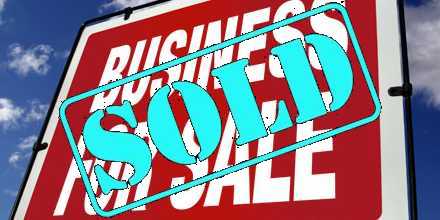Most banks say that they are small business lenders. The missing part of that statement is how banks define small businesses and what banks will lend money for. From the bank’s perspective, a small business is an established business and not a new business. Banks lend money primarily for tangible assets that double as collateral. Banks rarely lend money to start up a business since there is not a track record of success and when they do, they only lend money for tangible assets. For the most part, banks are very conservative in their lending practices to businesses so they can stay within the rules to maintain their required FDIC insurance. Therefore, when you consider that the average main street business has minimal tangible assets and sells for $350k and the average buyer has less the $100k in cash, where does the other $250k come from if not from the bank? The answer is the seller of course.
While the seller would prefer that the buyer secure the full purchase price from other sources, he will often have no other choice but to be the lender to the buyer. Let’s face it, a bank’s only recourse, if the borrower defaults on the loan, is to sell off the assets of the business, which are often very specialized and not very liquid, for a steep discount. However, the seller could step in and take over the business again since he is familiar with the operations, inventory, equipment, employees, and customers, and perhaps even sell it again.
Most banks work with the SBA to help fund business loans and generally involve either real estate or other tangible, yet relatively liquid assets, such as a fleet vehicle. Moreover, only about 20% of all deals are financed at least in part with an SBA loan. This leaves a rather large gap between the business’s sale price and what the buyer can fund personally or through some form of bank financing if he wants to sell.
Furthermore, the seller knows the real cash flow of the business to the buyer while lenders can only rely on what is reported on the books and the business’s tax returns. Additionally, if the seller is willing to carry back part of the note, the buyer feels more assured that the seller is not hiding something. This bridges the leap of faith gap that the buyer has to make. Since the seller has some skin in the game, the buyer has an adviser for the term of the loan since the seller has capital at risk if the buyer does not succeed.
As a rule of thumb, the buyer puts down 20% to 50% at closing and has the seller or third party finance the rest. A typical scenario is one-third down, one third financed by a third party like a bank for the liquid tangible assets, and one third carried by the seller. Remember that in addition to the money put down at closing, the buyer will need cash for working capital since the seller normally pockets the cash and all accounts receivable earned under his watch. A down payment rule of thumb is that the down payment should equal about one year’s discretionary earnings after accounting for debt service. For example, if you put down $50k, you should have $50k in discretionary income after you subtract your annual debt on the loan.
Have you ever considered buyer financing when buying someone else’s business?












